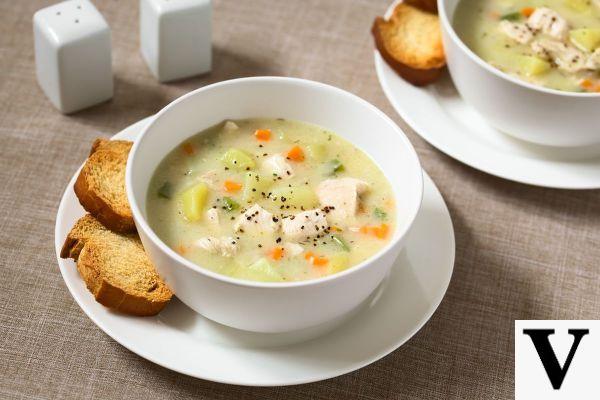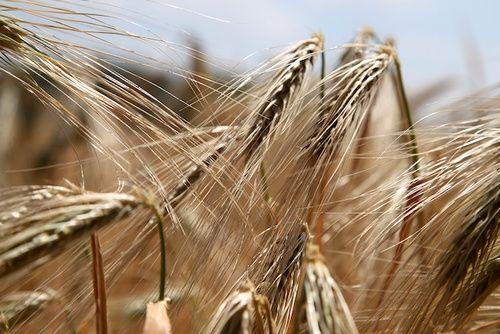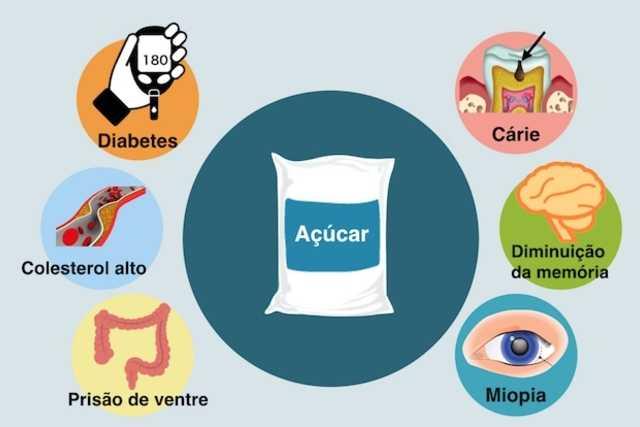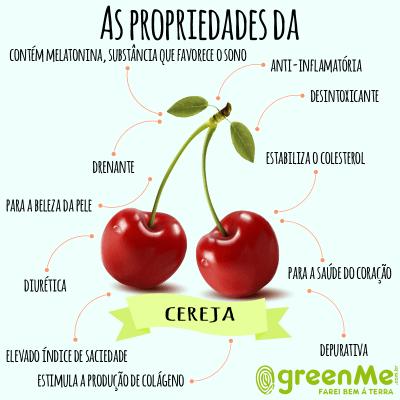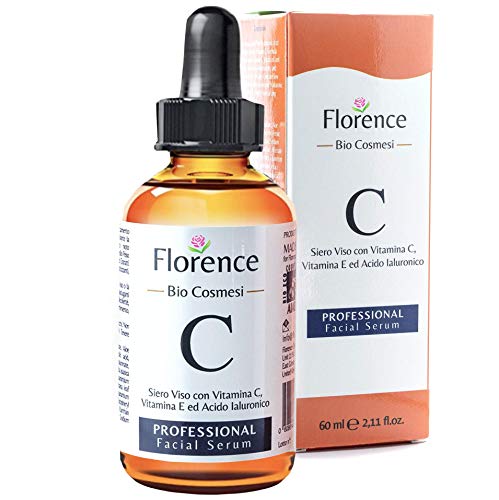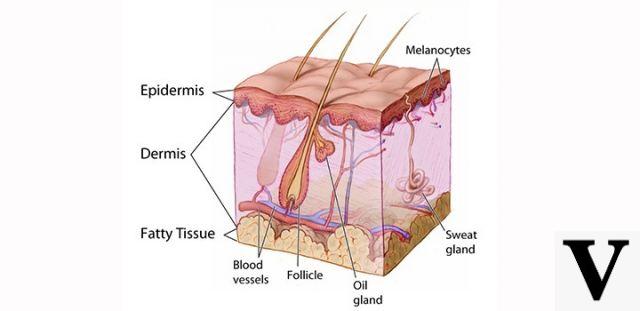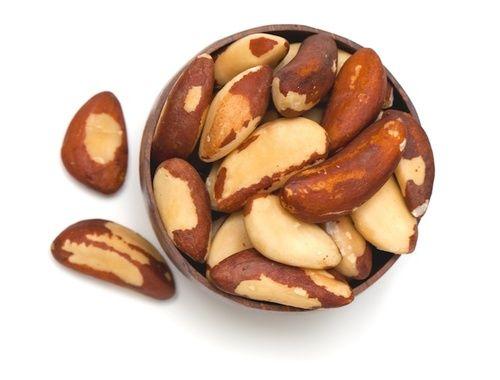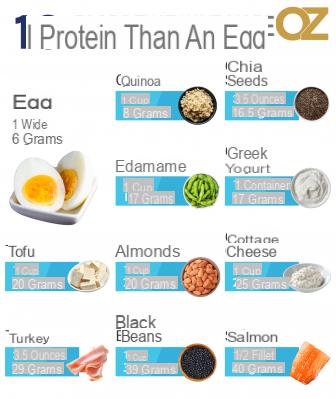
Definition
Protein-free foods are dietary products classified as foods for special medical purposes, i.e. as products intended for a particular diet and therefore:
- To be used under medical supervision;
- Intended for the complete or partial feeding of patients with a limited or disturbed capacity to ingest, digest, absorb, metabolize or excrete commonly used foods or some nutrients or metabolites contained in them;
- Intended for the complete or partial feeding of patients whose dietary treatment cannot be achieved through the modification of the normal diet or with the use of other dietary products that are not foods for special medical purposes.
More precisely, citing the Ministerial Circular of November 5, 2009, low-protein / low-protein substitute products are defined, with a protein residue not exceeding 1%, of commonly used foods with a significant protein content, of vegetable origin such as bread, pasta, biscuits. , baked goods and the like.
This category also includes foods with a protein residue between 1 and 2%, and substitutes for source or protein-rich beverages, including of animal origin, with a protein residue not exceeding 0,5%.
Labeling
| Nutritional values for 100 gr of pasta | ||
Aproteic paste | Common semolina pasta | |
Energy value | 1528 KJ / 360 Kcal | 1553 KJ / 371 Kcal |
Protein | 0,5 g | 13.04 g |
Phenylalanine | 17 mg | 668 mg |
Tyrosine | <15 mg | 243 mg |
Carbohydrates | 86,3 g | 74,67 g |
Starch | 86,1 g | 62,45 g |
Sugars | 0.20 g | 2,67 g |
Polialcoli | 0 g | 0 g |
Grassi | 1,3 g | 1,51 g |
Saturated | 1,0 g | 800 mg |
Trans | 0 g | 0 g |
Fiber | 0,5 g | 3,2 g |
Sodium | 9 mg | 9 mg |
Potassium | 6 mg | 223 mg |
Phosphorus such as P | 22 mg | 190 mg |
Given the importance of these foods in the therapeutic management of patients suffering from chronic and congenital diseases, it is essential that all products meet specific composition and labeling requirements that allow the user to evaluate the ingredients present and the relative concentrations.
More precisely, the concentrations of "nutrients" must be defined on the label, indicating, if necessary, that of specific amino acids, sugars, fatty acids or other substances useful for safeguarding the patient's health as well as:
- The indications for both dietary and clinical use;
- Warnings relating to the use of the product under medical supervision;
- Warnings relating to avoiding the use of the food in question as the sole food source, given the dietary-nutritional incompleteness;
- Warnings relating to the risk of using the product in patients not affected by the disorders and diseases for which its use is instead indicated.
Indications for use
Why are apoprotein foods used?
The use of protein-free dietary foods is indicated in particular pathological congenital conditions characterized by impaired absorption, digestion, metabolism or excretion of specific amino acids, as well as in the case of chronic diseases such as chronic renal failure. The latter represents the main indication for the use of protein-free foods, contextualized in a more general low-protein diet, which limits the daily intake of proteins to 0,6 - 0,8 gr / kg.
Despite the reduced protein intake, dictated by evident physio-pathological conditions, it is advisable that the nutritionist is able in any case to meet the patient's amino acid needs, thus using proteins with a high biological value such as those derived from foods of animal origin. It is precisely for this reason that it is essential to resort to the use of protein-free foods, in such a way as to reduce as much as possible the consumption of proteins with a low biological value, such as those present in flours, cereals and derived products; in this way it will be possible to easily compensate the plastic and structural needs of the organism by resorting to the specific integration of essential amino acids.
Despite the important protein dietary restrictions, in order for the patient suffering from chronic renal failure to preserve their state of health, slowing the progressive deterioration of renal function, it is advisable that this pay the utmost attention also to the consumption of foods rich in potassium, given the reduced capacity of excretion and the consequent risk of hyperkalaemia, of phosphorus, therefore note the altered homeostasis, and of calcium, whose concentrations tend to decrease significantly given the reduced renal activity in the hydroxylation of vitamin D.
Different studies have shown how compliance with these dietary rules can significantly improve the quality of life of patients with chronic renal failure, delaying the deterioration of renal function and significantly reducing the incidence of clinically relevant diseases such as osteoporosis, acidosis. systemic and especially cardiovascular diseases.
Refundability
Given the importance of protein-free dietary foods in the management of kidney disease, the national health system has established a reimbursement system, commensurate with the financial capacity of the patient and his family, for the costs incurred for the purchase of these products currently included in Band C, therefore until recently entirely borne by the citizen.
This mechanism has triggered an important virtuous system, as shown by the various studies, capable of increasing the patient's therapeutic compliance, thus improving their quality of life while at the same time extending their duration.
News from the scientific world
Very interesting are the results published in the literature regarding the use of protein-free dietary foods, in the context of hypo or protein-free diets, outside the normal clinical prescriptions.
In particular, the study of hormonal responses has shown how low-protein diets can induce:
- Hypoinsulinemia, with consequent alteration of glucose homeostasis and increase in noradrenergic tone;
- Significant reduction in blood concentrations of testosterone, luteinizing hormone and follicle stimulating hormone, thus compromising reproductive capabilities, fortunately in a reversible and transient manner;
- Significant reduction of lean mass, and in particular of skeletal muscle mass;
- Alteration of adrenergic / noradrenergic control with significant vascular and cardiac disturbances.
From these evidences it is easy to understand the importance of the correct protein intake in safeguarding the functional and structural integrity of entire tissues, organs, apparatuses and systems, thus avoiding dietary tendencies, lacking scientific support, which significantly limit, in the absence of pathological conditions which require it, the consumption of proteins.




